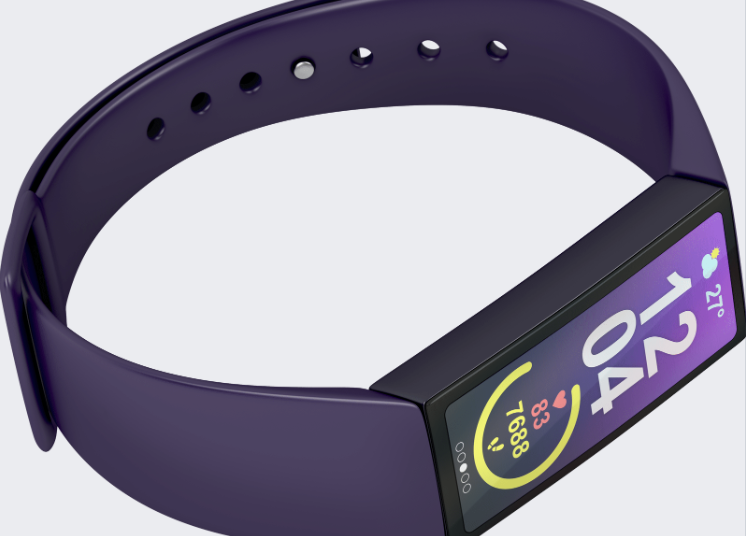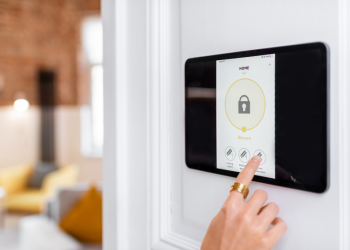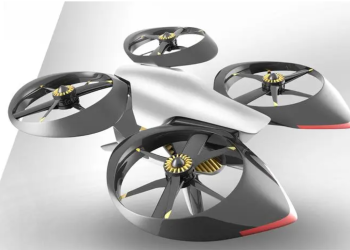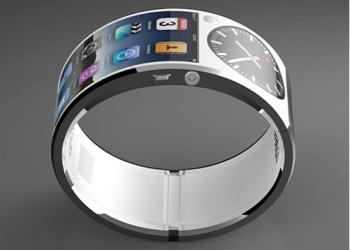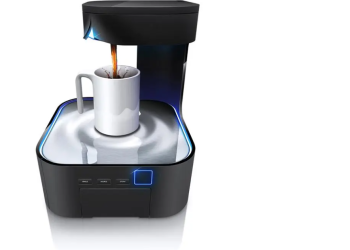Introduction
Smart wearables have become an integral part of our modern lives, offering convenience, connectivity, and functionality in a compact and wearable form. Whether you’re looking to track your fitness goals, stay connected on the go, or enhance productivity, choosing the right smart wearable is crucial to ensuring it meets your needs and complements your lifestyle seamlessly.
Understanding Your Needs
Before diving into the world of smart wearables, take some time to assess your lifestyle and daily activities. Are you an avid fitness enthusiast who needs a device to track workouts and monitor health metrics? Or perhaps you’re a busy professional who requires a wearable that can keep you organized and connected throughout the day. Identifying your goals and priorities will help narrow down your options and find the perfect match for your lifestyle.
Types of Smart Wearables
Smart wearables come in various forms, each catering to different needs and preferences. Smartwatches are perhaps the most common type, offering a wide range of features such as notifications, activity tracking, and even mobile payments. Fitness trackers, on the other hand, are designed specifically for monitoring health and fitness metrics, including steps taken, calories burned, and sleep quality. For those looking to integrate technology seamlessly into their wardrobe, smart clothing embedded with sensors can track biometric data and provide real-time feedback. Additionally, augmented reality glasses offer a futuristic way to interact with digital content and enhance your surroundings.
Key Features to Consider
When choosing a smart wearable, there are several key features to keep in mind to ensure it meets your needs and preferences. Health and fitness tracking capabilities should be a top priority if you’re focused on improving your overall well-being. Look for devices that offer accurate heart rate monitoring, GPS tracking, and activity recognition to help you stay on top of your fitness goals. Battery life and charging options are also essential considerations, especially if you lead an active lifestyle or travel frequently. Make sure to choose a device with long battery life and convenient charging options to avoid interruptions in usage. Compatibility with your smartphone and other devices is another crucial factor to consider, as seamless integration will enhance your overall user experience. Finally, don’t overlook design and comfort, as you’ll be wearing your device day in and day out. Opt for a smart wearable that not only looks stylish but also feels comfortable on your wrist or body.
Budget and Affordability
Setting a budget is an important first step in the purchasing process, as smart wearables come in a wide range of price points to suit every budget. Determine how much you’re willing to spend and evaluate the cost-effectiveness of different options based on their features and functionality. While it’s tempting to splurge on the latest and greatest device, keep in mind that you can often find more affordable alternatives that offer similar features and performance.
Researching and Comparing Options
With so many smart wearables on the market, it’s essential to do your research and compare your options before making a decision. Read reviews and user feedback to get an idea of each device’s strengths and weaknesses. Pay close attention to specifications and features to ensure they align with your needs and preferences. Don’t be afraid to reach out to friends or family members who own similar devices for their insights and recommendations.
Making the Purchase Decision
Once you’ve narrowed down your options, it’s time to make the purchase decision. Take the time to weigh the pros and cons of each option carefully, considering factors such as features, price, and brand reputation. Additionally, look into warranty and customer support options to ensure you’ll be covered in case of any issues or defects. Ultimately, choose the smart wearable that best fits your needs and budget, keeping in mind that it’s an investment in your health, productivity, and overall well-being.
Tips for Maximizing Use and Enjoyment
After purchasing your smart wearable, there are several tips and tricks you can use to maximize your enjoyment and get the most out of your device. Take the time to set up and customize your device to suit your preferences, including selecting watch faces, organizing widgets, and configuring notifications. Incorporate your device into your daily routine by setting goals, tracking progress, and celebrating achievements. And don’t forget to troubleshoot common issues as they arise, whether it’s syncing problems, battery drain, or software glitches. By staying proactive and engaged, you’ll be able to make the most of your smart wearable and enjoy all the benefits it has to offer.
Conclusion
In conclusion, choosing the right smart wearable for your lifestyle is essential to maximizing its benefits and ensuring a seamless user experience. By understanding your needs, researching your options, and considering key features and factors, you can find the perfect match that aligns with your goals and preferences. Whether you’re tracking fitness goals, staying connected on the go, or enhancing productivity, the right smart wearable can make a significant difference in your daily life.

FAQs After The Conclusion:
- Can I swim with my smart wearable?Not all smart wearables are designed to be water-resistant, so it’s essential to check the device specifications before taking it for a swim. Some models offer water resistance up to a certain depth, while others may not be suitable for water activities.
- How long does the battery last on a typical smartwatch?Battery life varies depending on factors such as usage patterns, features, and manufacturer specifications. On average, most smartwatches can last anywhere from one to several days on a single charge, but this can vary significantly from one model to another.
- Can I use my smart wearable without a smartphone?While some smart wearables offer standalone functionality, many require a smartphone for initial setup, data syncing, and access to certain features. However, once set up, you may be able to use certain features independently, such as fitness tracking or music playback.
- Are smart wearables safe for children to use?It’s essential to consider the age and maturity level of the child when deciding whether a smart wearable is appropriate for them. Some devices offer parental controls and safety features, while others may not be suitable for young children due to potential privacy and safety concerns.
- What should I do if my smart wearable stops working?If your smart wearable experiences technical issues or stops working altogether, try troubleshooting steps such as restarting the device, checking for software updates, and contacting customer support for assistance. In some cases, you may need to reset the device to factory settings or seek professional repair services.
- Can I track my sleep with a smart wearable?Many smart wearables offer sleep tracking capabilities, allowing you to monitor your sleep patterns, duration, and quality throughout the night. This can provide valuable insights into your overall health and well-being, helping you make informed decisions about sleep habits and routines.
- How accurate are the health and fitness tracking features on smart wearables?The accuracy of health and fitness tracking features can vary depending on factors such as sensor technology, device placement, and user behavior. While most devices provide reasonably accurate measurements, it’s essential to keep in mind that they may not always be 100% accurate and should be used as a general guide rather than precise medical measurements.
- Can I personalize the appearance of my smart wearable?Many smart wearables offer customization options, allowing you to personalize the appearance of your device with different watch faces, bands, and accessories. This can help you express your personal style and make your device feel uniquely yours.


